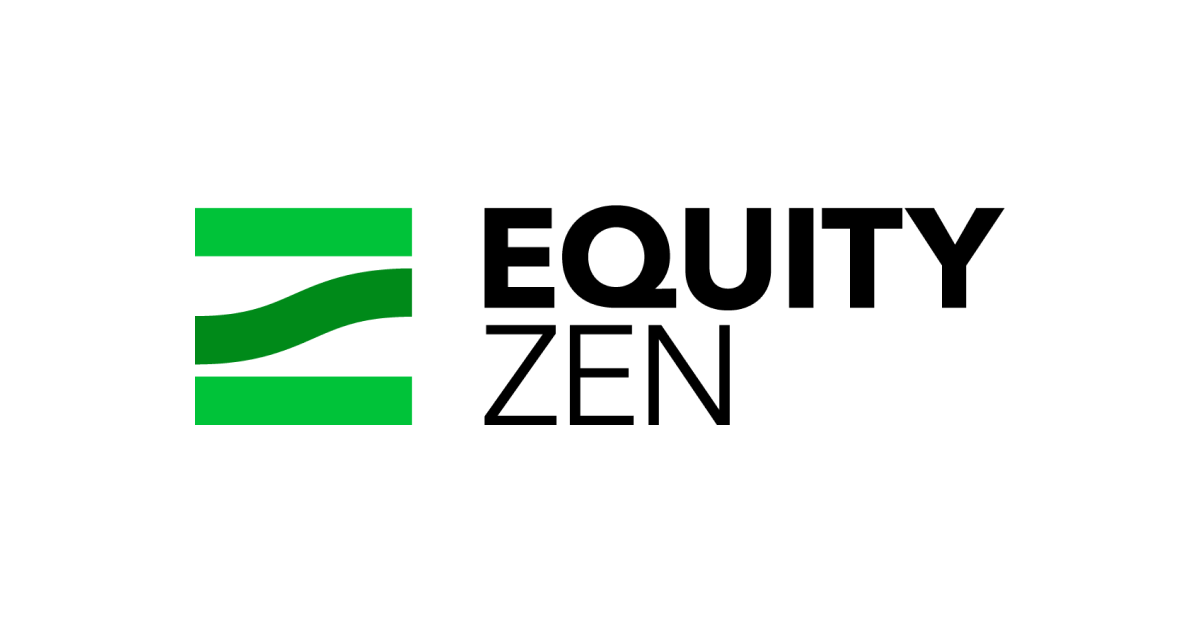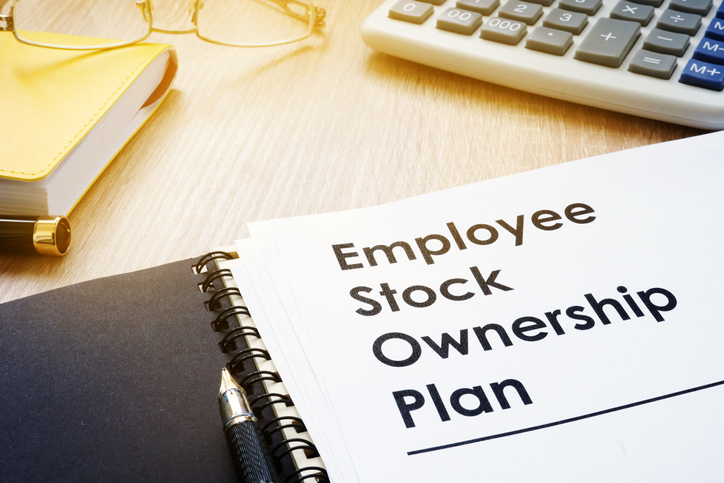
Image Source: 8 Hot Upcoming IPOs to Watch | Kiplinger
Pre-IPO stocks offer a unique opportunity to invest in a company’s potential before it becomes widely recognized in the public market through an Initial Public Offering (IPO).
This stage can be crucial for investors who want to gain an edge in their investment portfolio through owning great companies before institutional investors or hedge funds have the chance to buy large sums of shares.
However, when trying to buy pre-IPO stocks, investors might realize it’s not quite as easy or straightforward as buying publicly traded companies.
To help our readers, we’re going to cover everything you’ll need to know when trying to find and buy pre-IPO stocks.
We’ll cover how to spot promising pre-IPO companies, as well as walk you through your options when buying shares so you can make informed decisions in a space where information is often scarce but the potential for reward is significant.
Whether you’re new to pre-IPO investing or looking to refine your strategies, this article will provide you with practical insights into navigating the challenging yet exciting area of private investing.
Understanding the Pre-IPO Market

Image Source: Understanding Pre-IPO Investing & Key Factors to Consider | Equirus Wealth
Before investors jump into the high-flying world of pre-IPO investing, we need to first understand what this market is, how it differs from public markets, and why you would want to invest in pre-IPO stocks in the first place.
What is Pre-IPO Investing?
Pre-IPO investing involves buying shares of a company before it goes public through an IPO. This phase is crucial, as private companies typically have the majority of their growth still ahead of them.
In very simple terms, investing at this stage means getting in early, at a lower price, before the stock becomes available to the general public at usually much higher IPO prices.
How Pre-IPO Differs from Regular Stock Market Investing
Pre-IPO investing is substantially different from investing in the public stock market for a few reasons.
Firstly, the information available about pre-IPO companies is often limited, as these companies are not yet required to disclose financials and other details publicly.
Secondly, pre-IPO stocks are less liquid, meaning selling them can be challenging until the company goes public.
And lastly, pre-IPO investments almost always require a longer commitment from their investors, as it might take years for the company to go public or achieve their growth targets.
The Potential of Pre-IPO Investments
The main appeal of pre-IPO investing is the possibility of substantial returns. When comparing the performance of private equity investments to stock market indices, one can clearly see that the potential to outperform public markets is there.
More specifically, over a 20-year period ending June 30, 2020, the Cambridge Associates’ U.S. Private Equity Index reported an impressive average annual return of 10.48%. In comparison, the Russell 2000 Index (which tracks the performance of small publicly traded companies) averaged annual returns of 6.69%, while the S&P 500 Index (a benchmark for large corporations) saw an average annual return of 5.91%.
This outperformance is definitely not guaranteed. However, it does show the potential for private investing to be a superior option when compared to regular stock market investing.
How to Find Pre IPO Stocks

Image Source: What Is Fundamental Analysis? | Britannica
Successfully finding pre-IPO companies can be quite the challenge due to the private nature of these businesses, but with the right approach, finding great investment opportunities in the private sector is definitely achievable.
Below, we’ve created a list of the most effective ways for retail investors to find pre-IPO companies. Feel free to tailor this list to make it fit within your specific investing goals, criteria, and process.
1. Identify Upcoming IPOs
Some companies can be years away from an IPO, while others are right around the corner. And for investors who want to focus on companies that are nearing their IPO date, finding businesses that have already scheduled a day to enter the public markets is a logical first step in finding pre-IPO stocks.
There are multiple ways for investors to stay on top of upcoming IPOs; however, the five methods below seem to be the most effective.
Market Research: Cultivate a habit of regularly checking updates from renowned financial news sources like Bloomberg, Reuters, or The Wall Street Journal. These sources often feature news about companies planning for IPOs, giving early signals to ambitious investors.
IPO Calendars: Regularly visit financial websites such as NASDAQ or NYSE and review their IPO calendars. These calendars list upcoming IPOs, providing essential details like expected IPO dates, company profiles, and offer prices.
Venture Capital Activity: Keep an eye on venture capital investments, particularly in later stages like Series B and C. These funding rounds are often precursors to an IPO. Utilize platforms like PitchBook and CB Insights, which offer detailed insights into a company’s funding rounds.
Startup Databases: Platforms like Crunchbase and AngelList are treasure troves of information on startups, offering data on their funding history, management teams, and market potential.
2. Networking in the Industry
Another option when buying pre-IPO stock is to build a network in the entrepreneur and startup sector. There are countless firms looking for investors to fund their ideas, and building a strong network within the startup space can be an incredibly powerful way to find private investments.
And while building a network within the startup industry could seem impossible, it may actually be easier than you think.
Below are some ideas you can use to start building a pre-IPO stock network.
Industry Events: Attend key industry events such as TechCrunch Disrupt or Web Summit. These gatherings are hotspots for startups and investors, offering networking opportunities and insights into potential IPO candidates.
Investment Forums and Clubs: Join forums like the Angel Capital Association or local investment clubs where pre-IPO deals are often discussed. These communities can provide firsthand information on new investment opportunities.
Building Relationships: Utilize professional networks like LinkedIn to connect with venture capitalists, investment bankers, and other investors.
Building a network is going to take time. However, having connections among ambitious entrepreneurs and private equity investors can be one of the most powerful methods for investors who want to find pre-IPO stocks to invest in.
Be patient when first starting out and realize that taking the time now to build your network could pay off exponentially months or years from now.
3. Specialized Investment Platforms
In-person connections are great, though they are not the only way to buy pre-IPO stock.
Equally as effective are pre-IPO investing platforms that present users with multiple private companies to invest in across the world.
When buying pre-IPO stocks online, there are two main options investors can consider:
Equity Crowdfunding Platforms: Sites like SeedInvest and WeFunder democratize access to startup investments, allowing a broader audience to invest in many different pre-IPO companies. These platforms typically have lower minimum investment thresholds, making them accessible to a wider range of investors.
Secondary Market Platforms: Platforms such as SharesPost and EquityZen offer the ability to purchase shares in private companies before they go public. These platforms can be a gateway to investing in companies that are closer to their IPO stage but do come with their own set of risks and requirements.
Buying Pre IPO Stocks
Now that we have some tools we can use to find pre-IPO stocks, let’s discuss some of the best ways to actually buy shares in these companies.
Managed Pre-IPO Funds & Venture Capital Funds
Private equity funds like venture capital funds or actively managed pre-IPO funds are a common approach to pre-IPO investing for those who have connections within the VC world.
These funds typically invest in a diverse portfolio of early-stage companies. They offer the benefit of diversification but usually require significant capital and are typically only accessible to accredited investors.
The risk and return profile of VC funds is a balancing act – they invest in high-risk, high-reward private companies, meaning there’s potential for significant returns but also a higher risk of loss.
Angel Investing

Image Source: What Is An Angel Investor? | Startups.com
Angel investing is another common route involving direct investment in startups, often at very early stages. This method demands a deep understanding of the startup ecosystem and a keen ability to assess a company’s potential.
Angel investors often contribute more than just capital; they also provide mentorship and guidance in exchange for equity. It’s a hands-on approach that offers an intimate involvement with the startup, requiring considerable expertise and dedication.
Equity Crowdfunding

Image Source: The 7 Secret Ingredients to a Successful Equity Crowdfunding Campaign | by Patrick Henry | Medium
Equity crowdfunding platforms like SeedInvest and WeFunder are great ways for beginners to access the pre-IPO investing market.
These platforms allow a broader range of investors to fund startups in exchange for equity. They are particularly attractive because of their lower investment minimums, making them accessible to individual, non-accredited investors.
Specialized Investment Platforms

Image Source: Invest or sell shares in the secondary market with EquityZen funds | Equity Zen
Platforms such as SharesPost and EquityZen specialize in offering pre-IPO shares, typically from employees or early investors looking to sell their stakes before the company goes public. These platforms can provide liquidity to investors but also carry risks, including limited information available and the potential for loss if the company’s IPO does not materialize as expected.
These specialized platforms are similar to equity crowdfunding sites. However, they differ in that you will be buying shares from other private equity investors, not from the company itself.
Employee Stock Options

Image Source: Employee Stock Options for Dummies | Diligent Equity
For those inside a company approaching an IPO, employee stock options can be an often understated opportunity. Through this method, employees have the option to purchase stock at a below-market price, presenting a potentially great investment opportunity.
This option is naturally limited to company insiders and requires a thorough understanding of the terms, including any vesting periods and restrictions on selling the stock after the IPO.
None of the methods described above are superior to another. Rather, all of them offer a unique path into the world of pre-IPO investing. Understanding the intricacies and risks of each is crucial for investors as they begin their journey in pre-IPO stocks.
Risks and Considerations in Pre-IPO Investing
While investing in pre-IPO stocks can offer great returns, it’s essential to understand and successfully navigate the risks involved.
Below, we’ll cover the biggest risks, as well as highlight some considerations and strategies to help mitigate these risks:
High Risk of Loss
Volatility and Uncertainty: Pre-IPO investments are inherently risky due to the uncertain nature of early-stage companies. The possibility of high returns comes with a significant risk of loss, including the total loss of invested capital.
Diversification Strategy: To mitigate this risk, investors should diversify their investments across multiple companies and sectors. And above all else, avoid putting all your capital into a single pre-IPO opportunity.
Lack of Liquidity
Long-Term Commitment: Pre-IPO shares are often illiquid, meaning they cannot be easily sold or traded. Investors should be prepared for a long-term commitment, potentially lasting several years.
Exit Strategy Planning: Have a clear understanding of your potential exit strategies, including the conditions under which you can sell your shares after the company goes public.
Limited Information and Transparency
Due Diligence Challenges: The lack of publicly available financial data on pre-IPO companies makes thorough due diligence challenging. Investors often have to rely on limited information to make decisions.
Independent Research: Conduct independent research, including industry analysis, and gather information from other investors and experts. Don’t rely completely on company-provided data.
Market and Sector Risks
Sector-Specific Volatility: Certain sectors are more volatile and susceptible to market changes. Understanding sector-specific risks is important for assessing the stability of your investment.
Economic Conditions: Broader economic conditions can significantly impact the success of a pre-IPO investment. Be aware of current economic trends and how they might affect the industry of your investment.
Conclusion
Diving into pre-IPO investing is more than a financial decision; it’s an exciting step into the heart of innovation and entrepreneurship.
Each investment is a leap of faith in a company’s potential and a belief in its story before it unfolds on the public markets. And while the thought of being a part of the next big success is exciting, it also comes with the responsibility of careful research and an acceptance of the many risks involved.
Hopefully, the information above gives you everything you’ll need to know to get started in the pre-IPO world.
As you move forward, remember that pre-IPO investing is not just about analytics or numbers; finding true success will require intuition, patience, and the ability to learn from your mistakes.
Disclosure/Disclaimer:
We are not brokers, investment, or financial advisers; you should not rely on the information herein as investment advice. If you are seeking personalized investment advice, please contact a qualified and registered broker, investment adviser, or financial adviser. You should not make any investment decisions based on our communications. Our stock profiles are intended to highlight certain companies for YOUR further investigation; they are NOT recommendations. The securities issued by the companies we profile should be considered high risk and, if you do invest, you may lose your entire investment. Please do your own research before investing, including reading the companies’ public filings, press releases, and risk disclosures. The company provided information in this profile, extracted from public filings, company websites, and other publicly available sources. We believe the sources and information are accurate and reliable but we cannot guarantee it. The commentary and opinions in this article are our own, so please do your own research.
Copyright © 2023 Edge Investments, All rights reserved.
